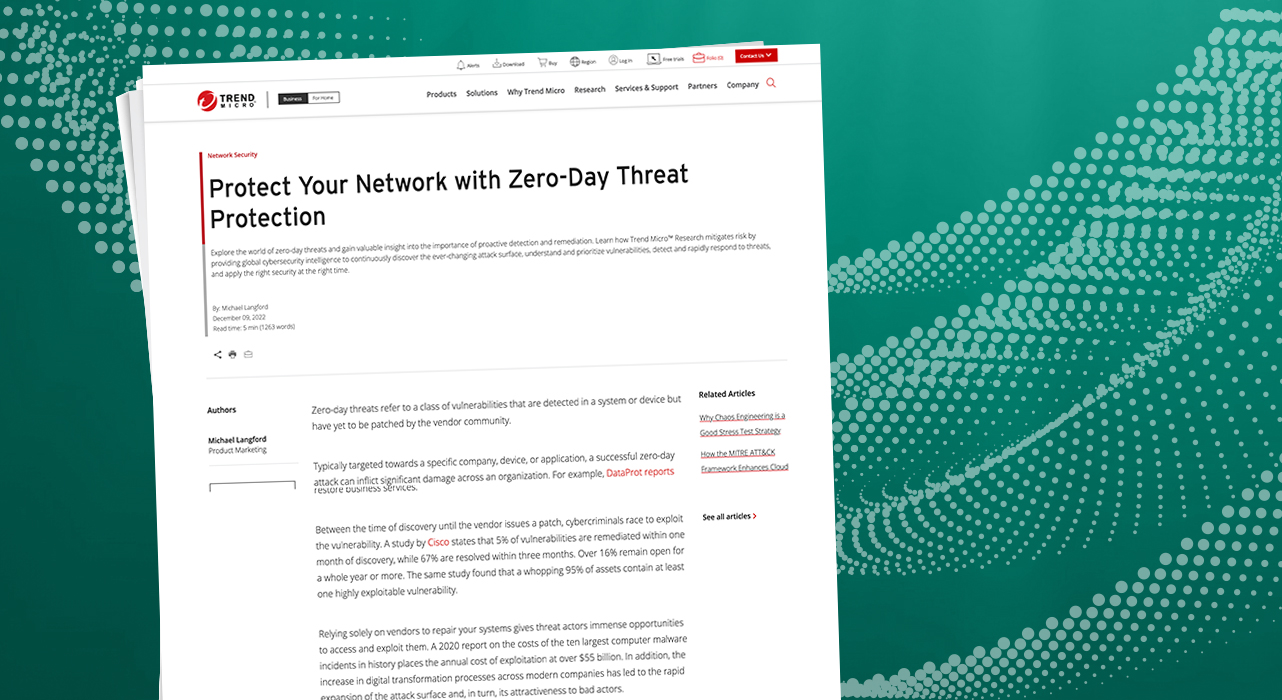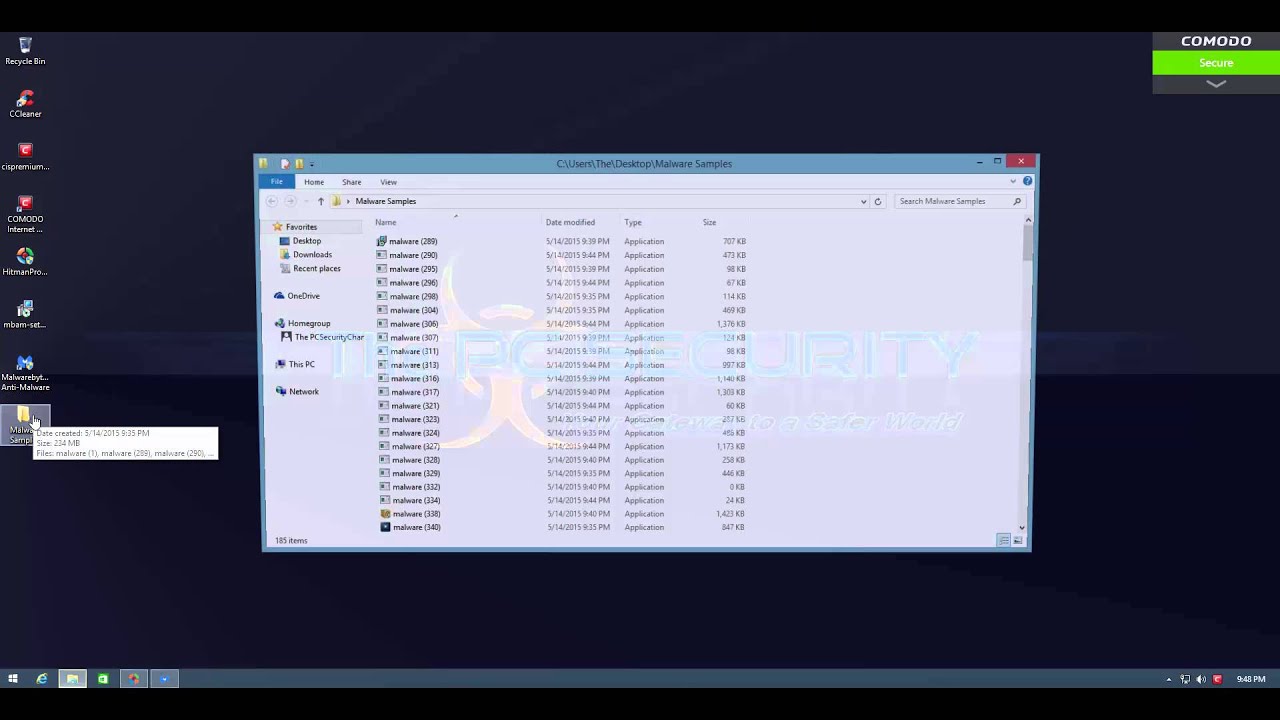Protect Your Network with Zero-Day Threat Protection
Zero-day threats refer to a class of vulnerabilities that are detected in a system or device but have yet to be patched by the vendor community.
Typically targeted towards a specific company, device, or application, a successful zero-day attack can inflict significant damage across an organization. For example, DataProt reports that ransomware attacks are expected to occur every 11 seconds and cost over $20 billion globally per annum. Past experience indicates that threat actors target organizations with multiple interconnected systems, security flaws, deep pockets, and the willingness to pay to restore business services.
Between the time of discovery until the vendor issues a patch, cybercriminals race to exploit the vulnerability. A study by Cisco states that 5% of vulnerabilities are remediated within one month of discovery, while 67% are resolved within three months. Over 16% remain open for a whole year or more. The same study found that a whopping 95% of assets contain at least one highly exploitable vulnerability.
Relying solely on vendors to repair your systems gives threat actors immense opportunities to access and exploit them. A 2020 report on the costs of the ten largest computer malware incidents in history places the annual cost of exploitation at over $55 billion. In addition, the increase in digital transformation processes across modern companies has led to the rapid expansion of the attack surface and, in turn, its attractiveness to bad actors.
Through its best-in-class research and threat protection platform, Trend Micro can enable organizations to mitigate risk and avoid costly damage.
Mitigating zero-day threats
The cyber landscape is increasing in diversity and scale with more applications, devices, and networks storing and transmitting more information than ever before. This increase presents cybercriminals with a target-rich environment to exploit. Most of these attacks target either an entire company’s infrastructure or part of the infrastructure that contains a weakness.
Consider all the devices that are a part of the internet of things (IoT). For example, a vulnerability in a connected medical device can allow malicious actors entry and the…


